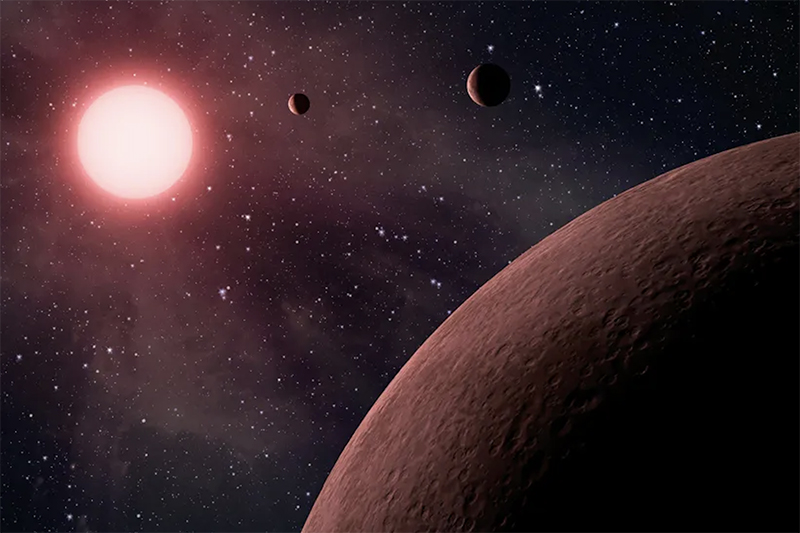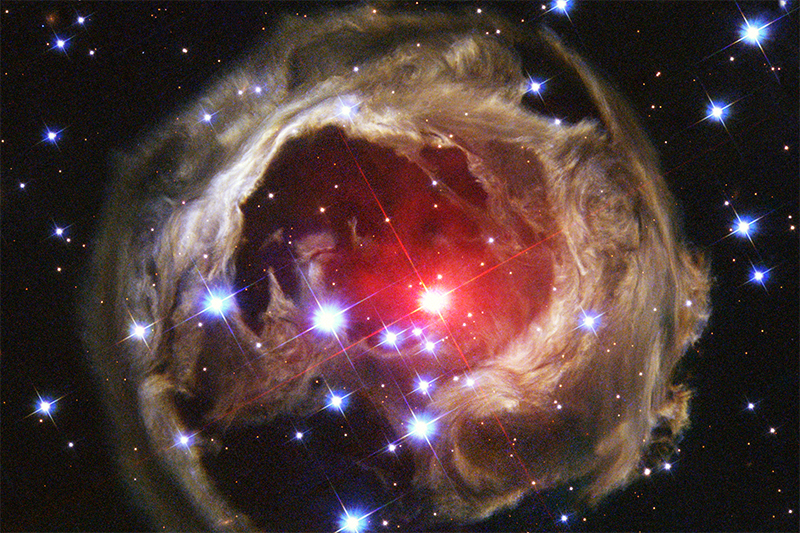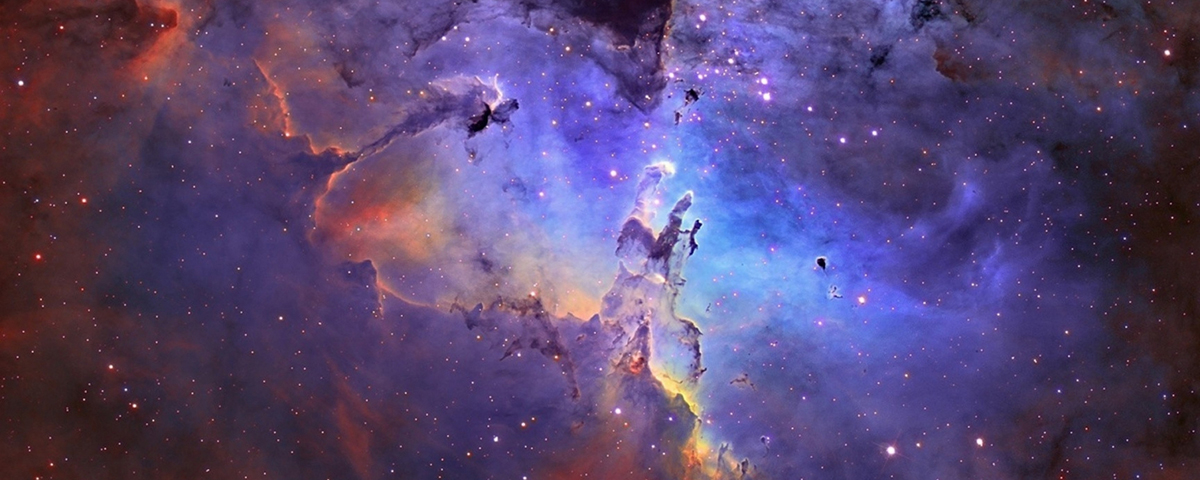Active life of the star

Once the star is consolidated, a period of active life begins without major interruptions. Along with the formation stage, planets could also form around it, the product of surrounding dust and gas remains. While the star remains stable, the main sequence, a state in which most stars are found.
In this state the star works by consuming hydrogen through nuclear fusion; Stars spend approximately 90% of their lives in the main sequence.
There are different types of stars in the main sequence, within their active life. There are large and massive ones, like the blue giants, and other small ones with little mass, like the red dwarfs; our Sun is in the main sequence, cataloged as a yellow dwarf. Depending on the mass and characteristics of the star, the time it will be in the main sequence is determined, and then move on to its final stages.
Final stages of the star
 Stars reach the final stages of their lives when their main fuel, hydrogen, begins to run out. As this is consumed to transform into helium in nuclear fusion reactions, the helium accumulates in the center of the star, but at one point it interrupts the fusion reactions, decreasing its pressure and forcing it to compress and heat up.
Stars reach the final stages of their lives when their main fuel, hydrogen, begins to run out. As this is consumed to transform into helium in nuclear fusion reactions, the helium accumulates in the center of the star, but at one point it interrupts the fusion reactions, decreasing its pressure and forcing it to compress and heat up.
Thus begins a series of new fusion reactions with other elements, which cause an expansion of the star's envelope, whose outer layers gradually cool.
This dynamic causes the star to begin to expand and modify its status, outside of the main sequence. The specific scenario that will happen next will depend on the initial mass of the star; That is, this aspect will determine your future.
You will be able to see a more extensive explanation of each stage of stellar evolution, in the subcategories present here.


